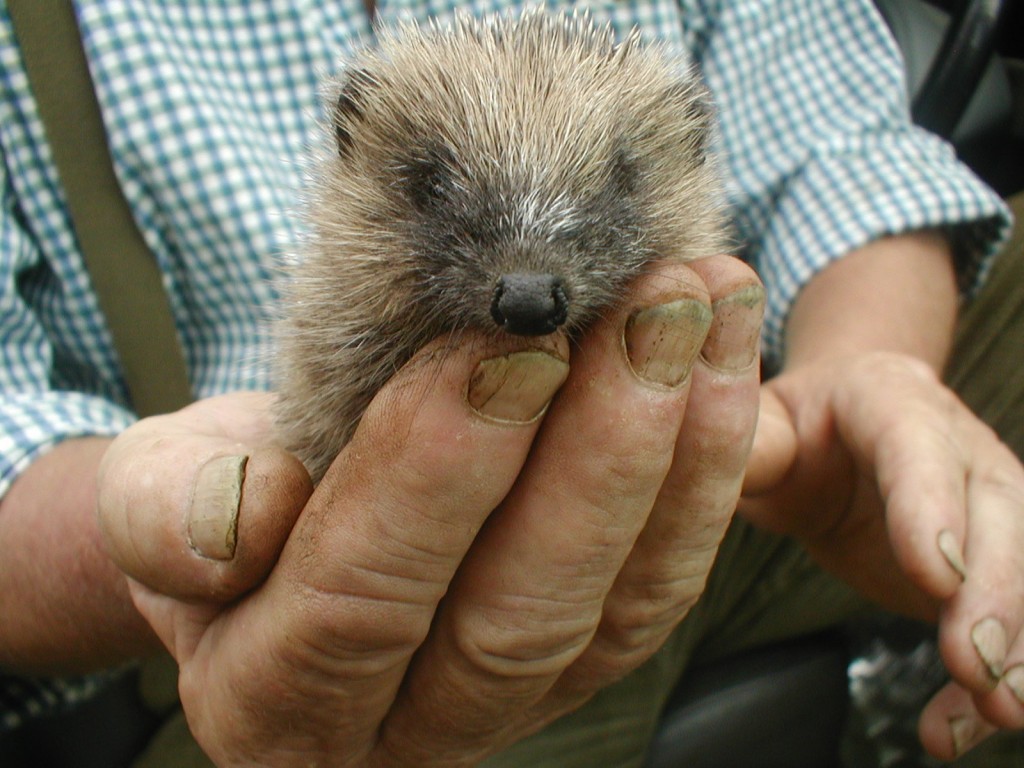
Hedgehogs need our help to thrive!
It’s hard not to love a hedgehog. Their eyes are bright and black, like two currants, with a dear and pointy face with shiny nose at the end, small feet and legs that lift up and run like a hovercraft on the move; a compact little body with a prickly coat and a gentle and quiet way about them. With changes in countryside, loss of habitat, chemicals and pesticides, hedgehogs need our help to thrive.
We have them in our Cotswold gardens if we are lucky. At dusk and early evening in the warmer months we may see them, or hear them, out foraging on our grassy lawns or in the borders, snuffling and sneezing, or out to find a mate. The menu of choice for hedgehogs tends toward earthworms, slugs, snails, beetles, moths and butterflies. Milk and bread offer no goodness to a hedgehog and is potentially harmful – far better to put out a dish of clean, fresh water and maybe a dish of cat or dog food.
If a hedgehog is spotted during the day it’s likely to be ill or in trouble and should be taken to a wildlife rescue centre for care and treatment. Use thick gardening gloves to carefully lift and have a secure cardboard box lined with newspaper and towel. Depending on our British winter hedgehogs tend to find a safe nest under leaves, sheds, or piles of wood and generally hibernate from late November and stay put until March, or until the danger of frost has passed.
So how can we help our hedgehogs?
- Don’t use slug pellets or other poisons in the garden
- Don’t fork over compost or leaves in case a hedgehog is nesting
- Don’t light a bonfire before checking
- Don’t put out bread and milk
- Don’t pick up a healthy hedgehog
- Don’t leave plastic bags lying around
- Don’t let a dog near a hedgehog as a dog could attack
- DO create a perfect wildlife garden!
If, like us, you love wildlife and are keen to find out more check out: The British Hedgehog Preservation Society, Hedgehog Street, Tiggywinkles Wildlife Hospital
